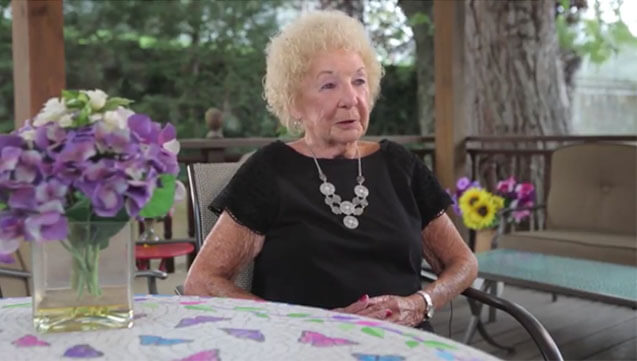Spinal stenosis is a painful condition of the spine that many people experience, either due to age, injury or spinal malformations. Fortunately, treatment options are available to help with spinal stenosis pain management in NJ.
What Is Spinal Stenosis?
Spinal stenosis is a condition where the spinal canal, the bone around the spinal cord, narrows, putting pressure on the spinal cord and nerves and causing back pain. In most cases, the condition affects the lower back or neck. Some symptoms associated with spinal stenosis include:
- Numbness in the extremities
- Issues with coordination of the limbs
- Weakness of the limbs
- Difficulty with bowel or bladder control
- Pain in the neck and shoulders or in the low back and glutes
Jump To:
- How Does Spinal Stenosis Happen?
- What Are The Symptoms Of Spinal Stenosis?
- How Is Spinal Stenosis Diagnosed?
- Least Invasive Procedures
How Does Spinal Stenosis Happen?
Spinal stenosis is attributed to a variety of causes. While it most often occurs in people over the age of 50 as an age-related condition, younger populations suffering from spinal degeneration, spinal injuries, disc bulges, disc herniation or synovial cysts may also experience spinal stenosis.
Osteoarthritis and rheumatoid arthritis are also common causes of spinal stenosis, as both conditions result in the inflammation of the joints in the spine. Some cases are also the result of heredity, as some individuals are born with narrowing spinal canals and structural malformations.









